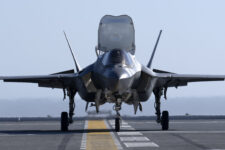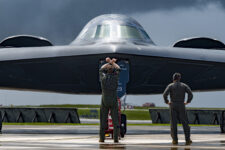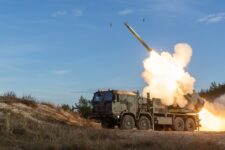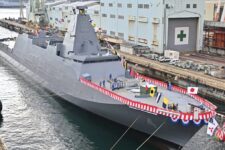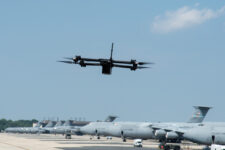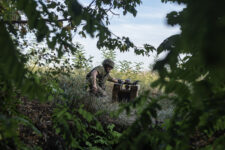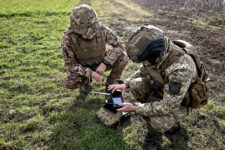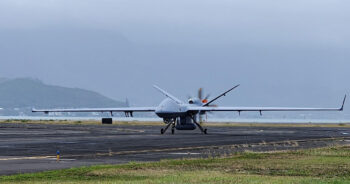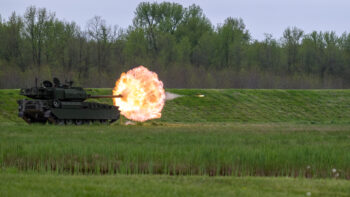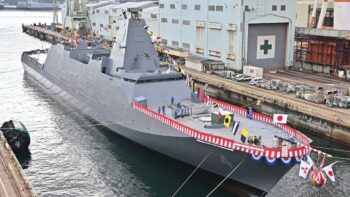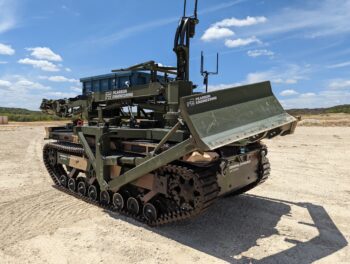
Carter Ham, head of Association of the US Army
The battle for the soul of the Army is, once again, engaged. Doug Macgregor, best known to Army aficionados for his book Breaking The Phalanx and more recent studies on Joint maneuver warfare, called out the service in an op-ed we published Monday. The Army, he argued, would once again botch procurement of new weapons, as it did with the Future Combat System (FCS) and a whole raft of earlier modernization efforts. The effort to institutionalize Army modernization in Army Futures Command is bound to fail, Macgregor argued. Today, we publish a vigorous rebuttal of Macgregor’s views by the CEO of the Army’s doppleganger, the Association of the US Army. Retired Gen. Carter Ham offers this well written and pointed response, arguing that the top Army leaders know what the service has done wrong in the past and possess the will and intelligence to do it right this time.
I hold combat-tested cavalryman Doug Macgregor in high regard for his forthright nature and willingness to leave no sacred plot of land undisturbed in his quest for military reform, but he is off the mark in his provocative essay about the US Army’s modernization priorities in establishing a new Army Futures Command to create a new path to acquisition.
The retired colonel’s June 4 commentary, “Why Are We Buying the Army’s Big Six? What Will They Do?” correctly criticizes the ambitious but flawed Future Combat System, the Army’s primary modernization program from 2003 to 2009. FCS’s network investment resulted in some limited pay-off for the Army, but the leap-ahead capabilities that Army leaders envisioned would provide significant advantages over potential adversaries never materialized. Among the many challenges encountered in the FCS effort was the diffused and decentralized work done by the Army’s combat developers, research labs and the materiel acquisition community. In short, everything was a priority, meaning nothing was a truly a priority.
The Army did field Stryker Brigade Combat Teams and MRAPs, but both were more “off the shelf” than products of the acquisition system. I’m a big Stryker Brigade Combat Team fan; they have proven to be a great operational asset. MRAPs provided a capability desperately needed in 2007 even if they have limited utility in the long run.
Things are different now. It seems to me that Army Secretary Mark Esper and Chief of Staff Gen. Mark Milley have learned from the past to better inform the future. One of those lessons is that the Army has to truly focus, and their “Big Six” list of capability priorities does this. The other major lesson is that the Army’s acquisition processes over the past 20-plus years have not resulted in the development or fielding of any significant new capabilities. The Army Futures Command will address the very problem that Col. Macgregor identifies: Figure out how you’re going to operate, then go get the stuff you’ll need.
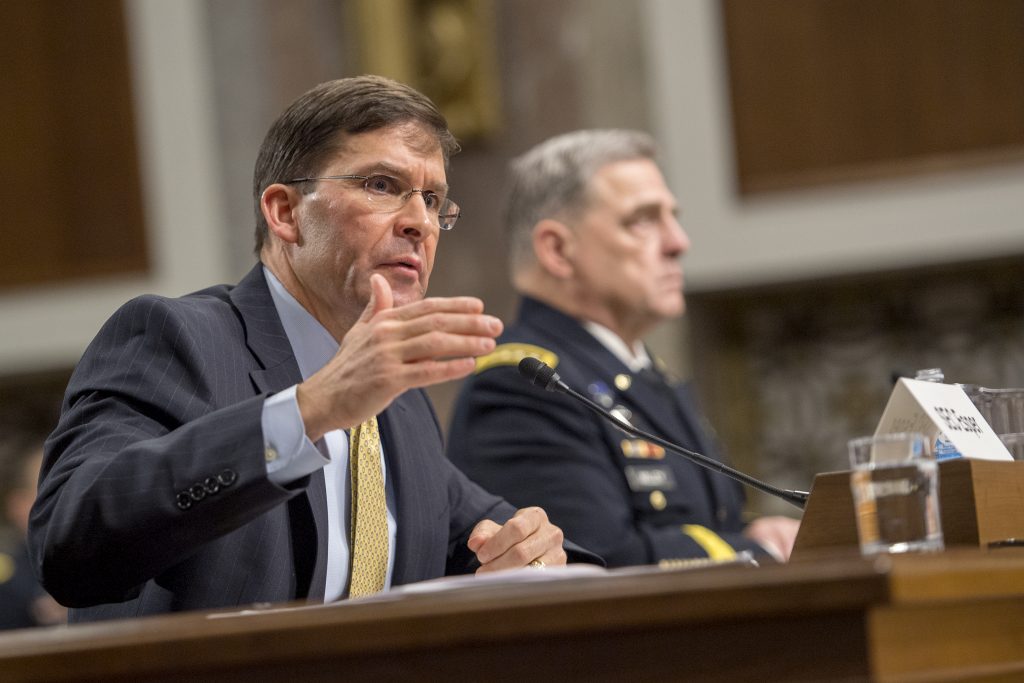
Army Secretary Mark Esper (left) and Chief of Staff Gen. Mark Milley testify before the SASC.
If the sense that I get from the secretary or the chief is right, Army Futures Command will not become a comfortable resting place for platoons of old generals. Rather, I think the secretary and the chief expect Futures Command to be the engine of innovation for the Army. Maybe I’ll be proven wrong, but I detect no tolerance for complacency or a “this is the way we always did it” mentality.
The clear articulation of the Army’s top six priorities is a start in the right direction. While the “how to fight” may still be under development, does anyone think that long-range precision fires won’t be part of that, or that protecting ground forces from air and missile attacks won’t be required? Is there disagreement that soldier lethality is an area requiring urgent study and improvement?
In my opinion, the Army is on the right path to improve readiness today and tomorrow. That path will change, twisting and turning as adversaries and technologies evolve. The processes the Army is putting in place, including consolidating heretofore disparate entities and authorities involved in modernization in Army Futures Command, is the right step, right now.
I have never heard any senior leader in the Army today say they’ve got this all figured out. They don’t. I don’t. Doug Macgregor doesn’t. But I give the Army big credit for moving out on a well-reasoned course of action that increases the odds that the Army will be ready now and in the future.
Yes, the Army has money this year and probably will next year. But fiscal uncertainty returns in 2020 and beyond. The Army must act now to set conditions and set in motion the modernization efforts that will ensure America’s Army is ready to fight and win … anywhere, anytime, against any foe.
Australian thinktank warns of ‘less reliable’ America, high pricetag for AUKUS sub program
“The spend, still seven years or so from the first Australian-flagged nuclear submarine, already has the submarine arm of the ADF on its way to becoming a fourth service: this newcomer is outpacing the Army, Air Force and surface Navy in its spending, complexity and risk,” the report’s summary notes.
And, just for the record, those Germans of the 1920s that Doug praises … How’d it work out for them in 1942-43 when their invasion of Russia failed ignominiously, or in 1944-45 when they were crushed by the Allies?


